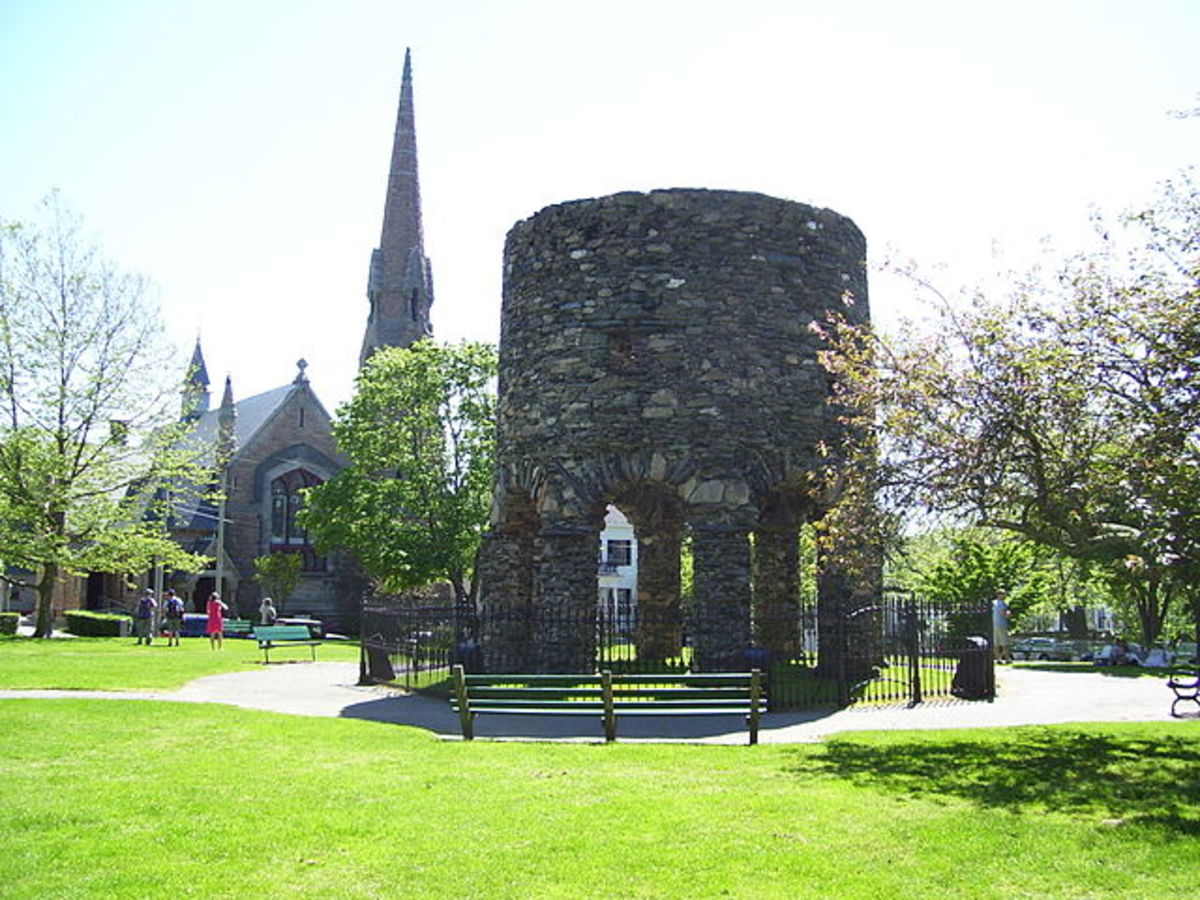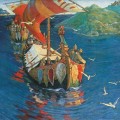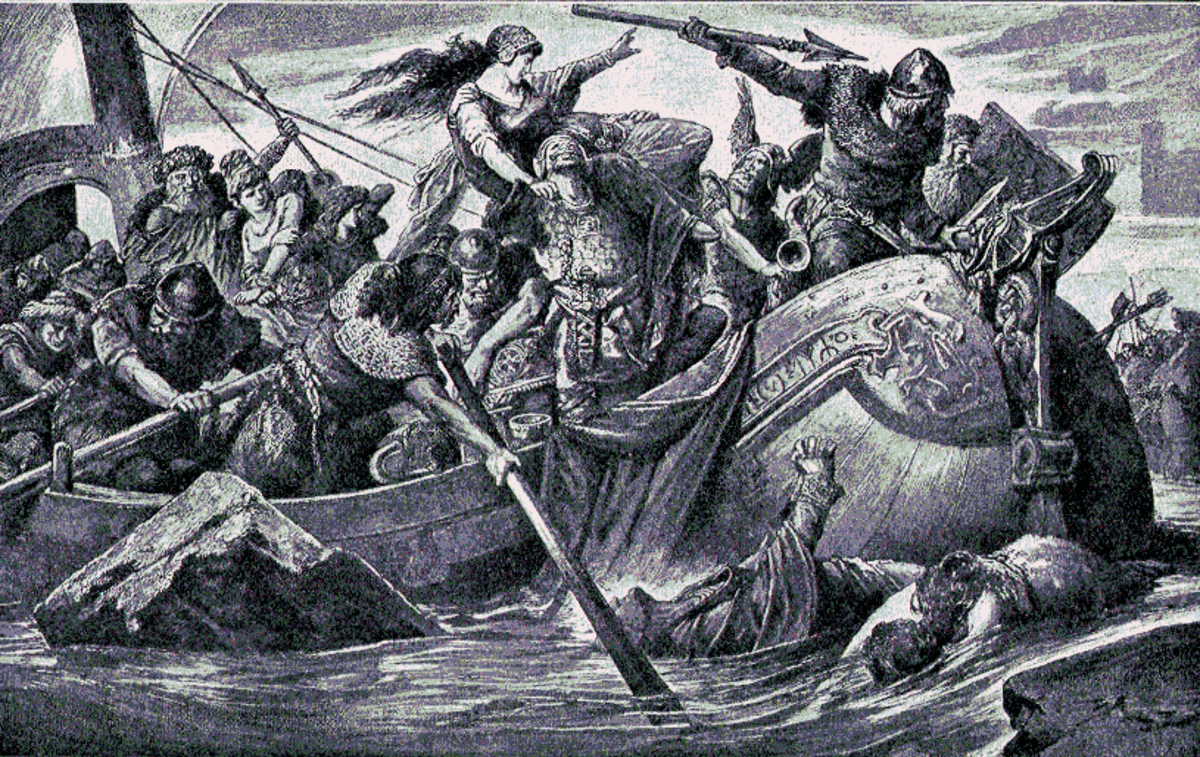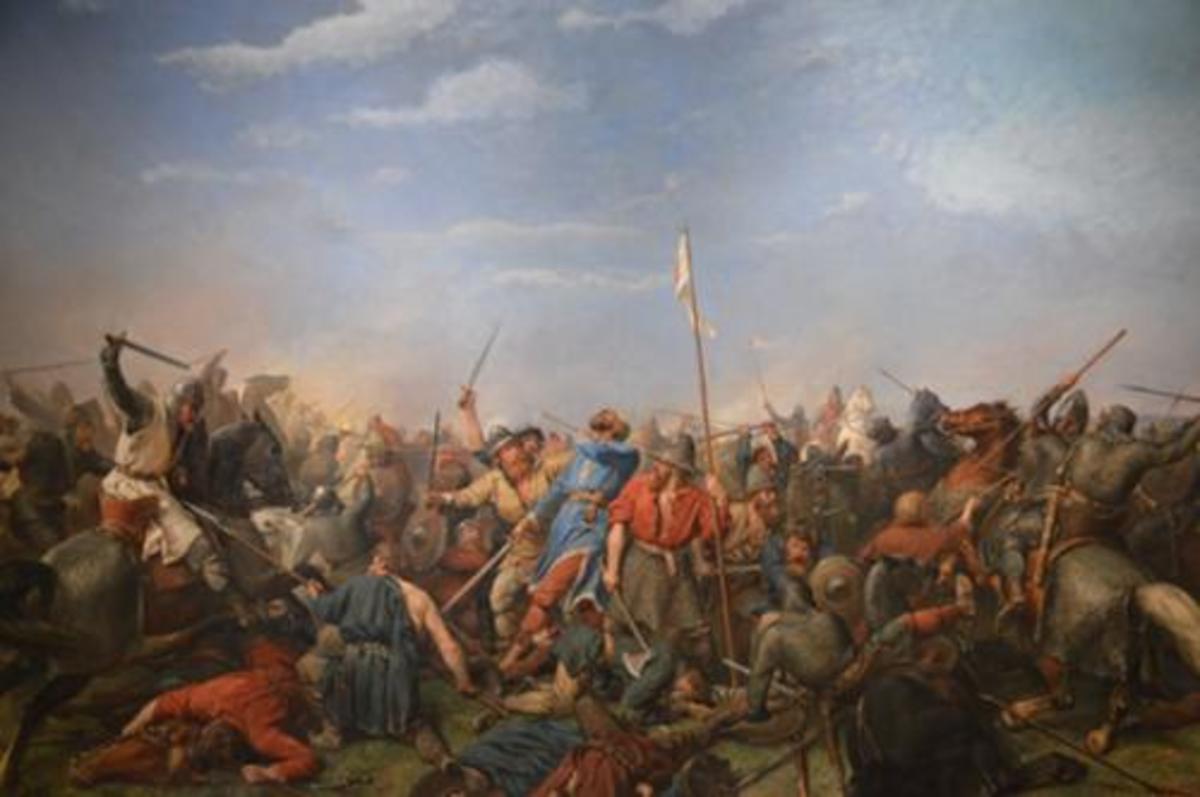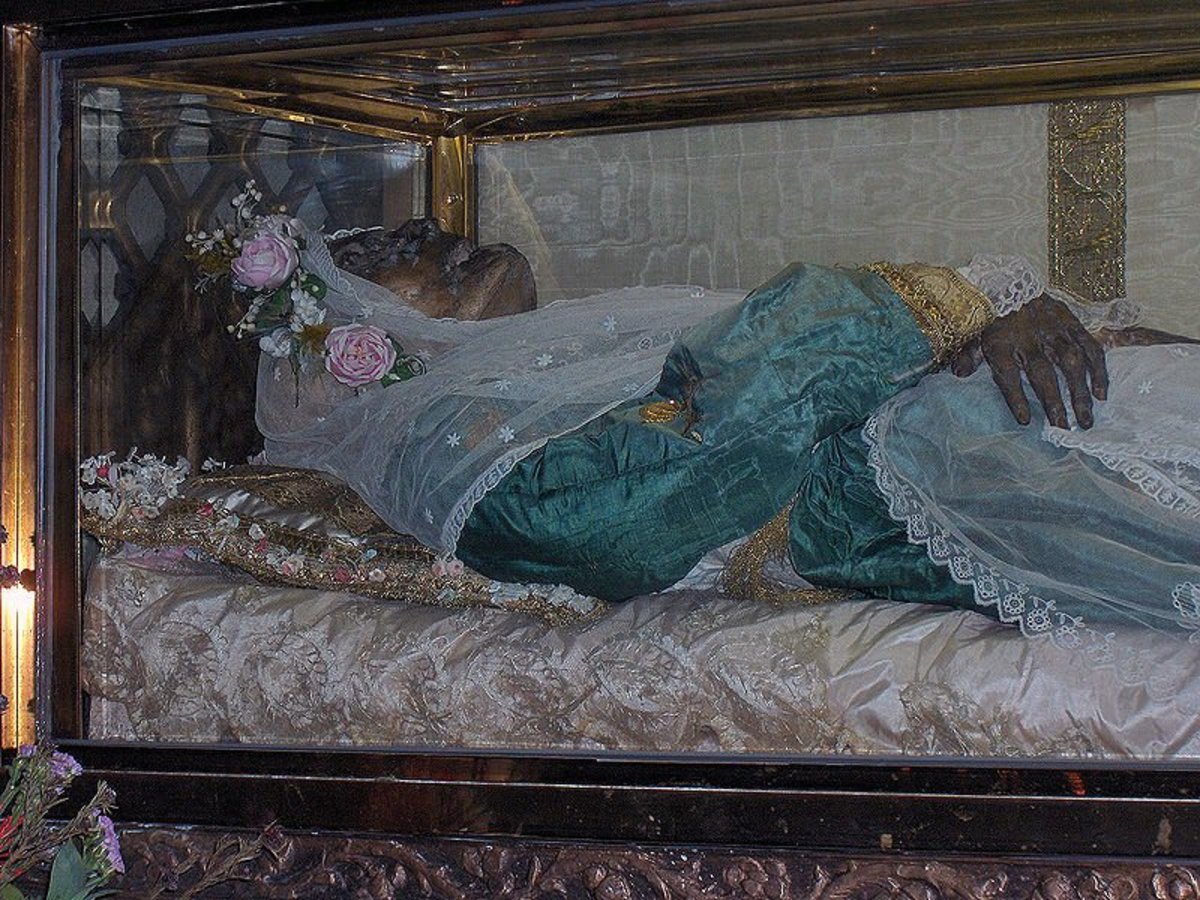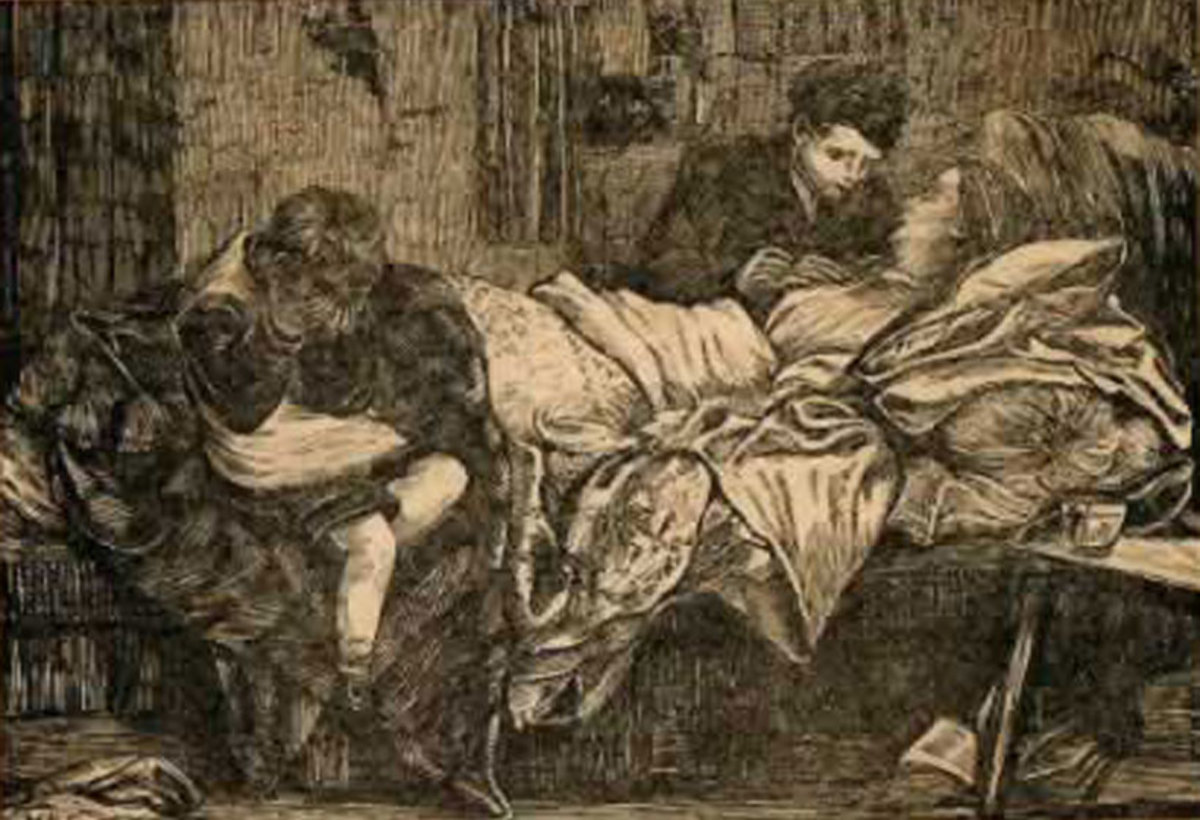The Story of the Vikings
The Vikings
The Vikings:
The Vikings began as craftsmen in Norway, Denmark and Sweden in the 7th century. It has to be said that they weren’t very good craftsman and their only creation of note was their famous Long Ships. These unsuccessful craftsmen eventually utilized their ships and decided to become traders, explorers and traveling merchants.
The name Viking comes from the Old Norse word ‘Vikingr’ which means Seaman or explorer. However, their careers as seafaring traders started to fizzle out in the mid 8th Century. This was partially due to the decline of Charlemagne’s Holy Roman Empire, and also partly due to the expansion of Islam. The decline of their merchant career unfortunately coincided with the fact that they had outgrown the agricultural potential of their homelands. They had to find a new way to sustain themselves.
Some of the Vikings took to becoming pirates, stealing from any small ship they came across. When this strategy proved successful, it encouraged them to increase their pilfering ways. Also, since the Vikings were a generally hearty group of explorers, many decided to hire themselves out as mercenaries. Looting and fighting became the trademarks of the Viking culture. And they were good at both. Tribes from Iceland and Greenland soon joined in on the action.
Starting in 770 AD, they began raiding coastal villages. Not only did they loot food and merchandize but they also would capture people and sell them as slaves. It was very profitable for them. Their coastal assaults would escalate and the Vikings would soon become feared by everyone. They terrorized much of Europe. Their raids stretched as far as Russia and Africa. The sight of a Viking Long ship struck fear in any coastal city or sailing ship.
The rulers of many countries sent their Navies out to find and kill the Vikings but they rarely discovered the small ships while at sea. Viking colonies in the Scandinavian region were sometimes found and attacked by foreign foes but they were generally able to repel attackers. Particularly frightening were the Viking ‘Berserkers’. Berserkers were the largest, strongest warriors who were somehow trained to go into a near mindless frenzy during battle and become a psychotic one-man-army. They seemed to feel no pain and would keep hacking and chopping his way through enemies, even after being badly wounded.
One notable Viking was the fierce 10th Century warrior Eric the Red. He led many a raid and was formidable in battle. His son, Leif Erickson, led the Viking expedition to the American continent, becoming the first non-indigenous people to set foot there. However, the distance from their home region and conflicts with the Native American tribes caused the Vikings to soon give up America as a colony.
Around 1050, Harold Harota became the recognized ruler of the Vikings. Harota was the ruler of Norway where most of the Viking tribes came from. Having become unpopular after his Demark campaigns—which most Norwegians were against—he formed a private army, consisting of local Warlords and Vikings from all over. He paid them well, which drew many Vikings to Norway. He was looked up to by Vikings everywhere and began to unify them as a fighting force.
A unified Viking army was frightening thought to most, especially to England. After failing to conquer Denmark, and reluctantly signing a peace treaty with them, Harold Harota set his sights on England. He had good reason to do so.
His reasons begins with the death of English monarch Edward the Confessor, who did not designate a specific heir to his throne before he passed away. The title was passed to Harold Godwin. However, Duke William of Normandy claimed that Edward had privately promised the throne to him. He further maintained that Harold Godwin had previously agreed to relinquish any rights to the crown and to support William’s claim. Harold Godwin didn’t acknowledge any of this, which enraged William, who had no real proof. When Harold Godwin refused to step aside, the furious William returned to Normandy and begins preparing an invasion fleet. He even secures a papal decree supporting his right to the throne.
King Harold was not happy with the news that William was going to take England. Harota believed he had a claim to the English throne due to an agreement made by the previous king, Magnus. Magnus said he had a verbal agreement with a deceased English King that gave the throne of England to the ruler of Norway, but Magnus never pursued the claim. Harold Harota had always planned to do so eventually. He wanted to keep William from getting it first. Meanwhile, William sailed off across the English Channel, intending to take what’s his.
Tostig, brother of Harold Godwin, was also after the crown and thus allies himself with Viking warrior Harold Harota. Harota and his united Viking army went to England and joined with Tostig to sack the city of York. Emboldened by this success, they marched further on, but Godwin would not yield to his brother or to the Vikings. He met their forces at the battle of StamfordBridge.
It was one of the most fierce battles ever. Tostig and Harota fought a good fight and for a time it seemed like the Viking invaders would win. Ultimately, it was the lack of armor that ruined the Viking assault. As the battle went on, the Vikings accumulated more wounds—fatal and otherwise—than the better protected English knights-in-armor. Casualties mounted up faster for the Vikings then for the English and Harold Harota himself was killed in the battle. Finally, the Vikings were forced to retreat and flee England.
(Parenthetically, the Vikings defeat was avenged, unbeknownst to them. The battle of StamfordBridge caused so many casualties in the English Armies that they were unable to repel Duke William’s attack. William’s Norman invasion was successful and England was conquered by Normandy, not Norway. William became known as William the Conqueror.)
This was the beginning of the end for the Vikings. They fled, scattered and leaderless, reverting to small, individual tribes. They would never again unite as they did under Harold Harota.
Over the next few centuries, (11th-13th century) the Scandinavian countries decided they wanted to rid themselves of the Vikings, who were always bringing the wrath of other nations down upon them them. They started to hunt down the Vikings. This was known as the Baltic Crusades. Most of the Vikings were wiped out during this period.
Another blow to the Viking lifestyle was the spread of Christianity. Where they once worshipped Odin and the warrior Gods of Asgard, they started praying to Christ and repenting their stealing ways. The remaining Vikings switched back to non-violent trade. Hiding from their pursuers, they were ultimately absorbed into other cultures and the Viking era ended.

